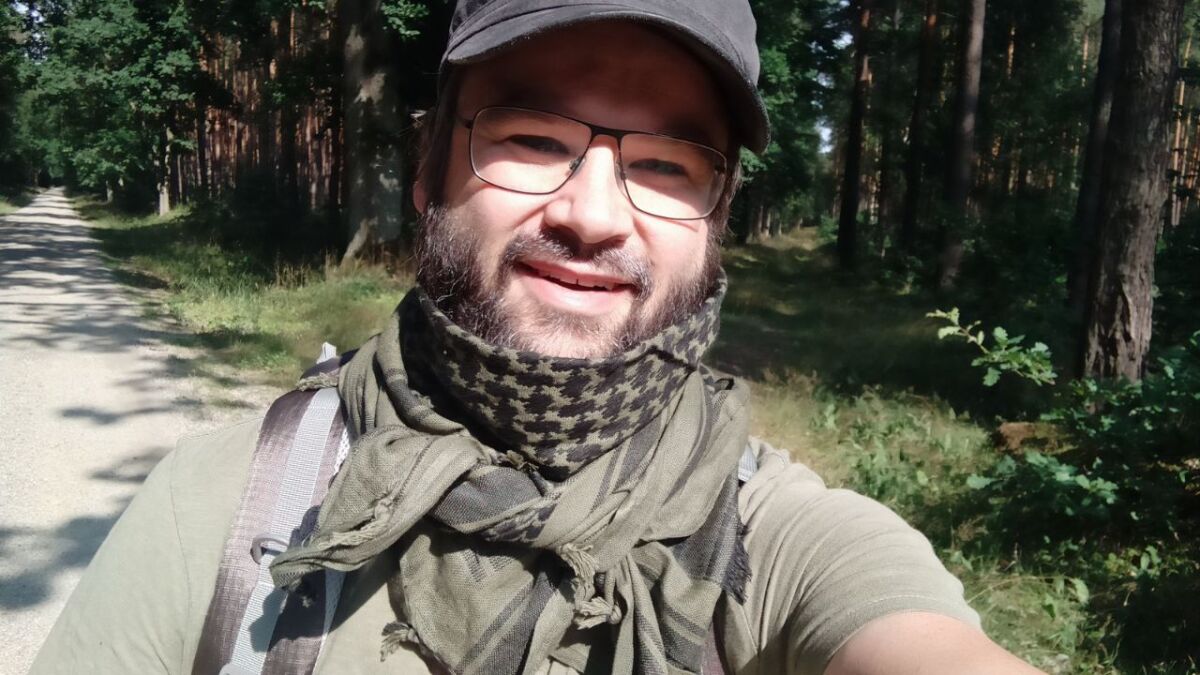
From first aid to water treatment: 47 life-saving ideas with shemagh and bandana
👉 The key facts from this guide
- Shemaghs and bandanas are versatile cloths that can be used in a variety of survival situations.
- They can serve as protection against sun, wind, and dust, as first aid material, for filtering water, as a sling for injured limbs, and much more.
- Some 47 applications include use as a head covering, scarf, face shield, signaling flag, bandaging material, carrying aid, clothesline, water filter, and collecting container.
- Shemaghs and bandanas can also serve as improvised pockets, protection against insects, insulation, protection against poison and sting objects, aprons, fire starters, dish towels, equipment protection, stabilizers for injuries, and rain protection.
- It is important to carefully care for and store a shemagh or bandana so that it is ready for use in an emergency.
- Although they are extremely useful, they should be considered as part of a more comprehensive survival equipment.
You're out in the wild, and you have your trusty Shemagh or Bandana with you?
Good for you!
Because as a passionate outdoor enthusiast and author, I love nature and am constantly looking for clever applications for everyday items.
Let's dive together into the world of 47 practical uses for a Shemagh or Bandana.
But before I give you 47 ways to use a Shemagh or Bandana in survival scenarios in this article, let me first give you some interesting historical background information.
After all, I want you to learn as much as possible from my article!
What is a Shemagh, and where does it come from?
A Shemagh is a traditional Arab headscarf, often worn in the countries of the Middle East and North Africa where it originates from.
It is made of a square piece of cotton or linen fabric and typically has a characteristic black and white stripe pattern.
Shemaghs are traditionally used to protect against the sun, dust, and sand and can also be used as a scarf or face protection.

In many Middle Eastern countries, the Shemagh is still worn as part of traditional clothing and is considered an important part of cultural identity.
The Shemagh has a long history and has been a part of the culture and traditions in the region for centuries. It is believed that the Shemagh originally came from ancient Mesopotamia, which now comprises the countries of Iraq, Syria, and Kuwait. Over time, however, it quickly spread throughout the entire Arab world.
The Shemagh has now also established itself as a fashionable accessory in the Western world. Although the Shemagh is primarily a practical garment that serves its purpose, particularly in the desert or dusty environments, it has found a place in popular culture and has become known worldwide.
What is a Bandana, and where does it come from?
A Bandana is also a square cloth, but it is made of cotton or a cotton-polyester blend and is often used as a neckerchief or sweatband. It is smaller and thinner than a Shemagh.
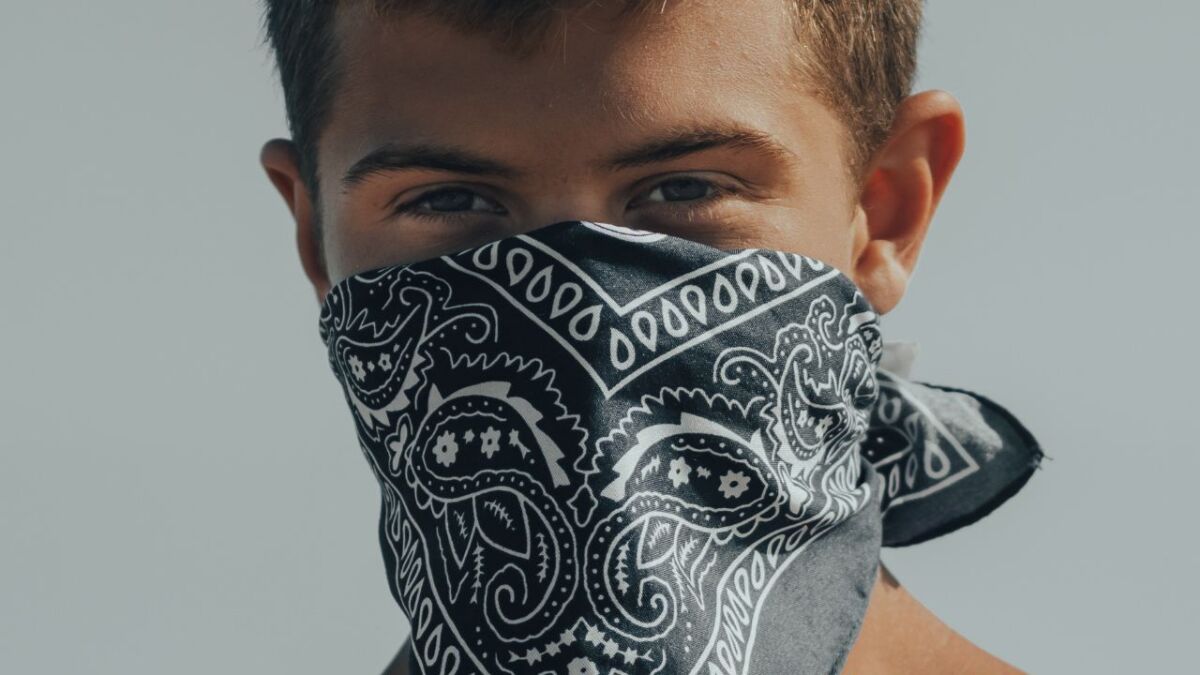
A typical Bandana design consists of a white background with a printed pattern in one or more colors.
The patterns range from traditional paisley motifs to modern designs. The colors may vary, but red and blue are often the dominant colors.
It originated in India, where it is called "Bandhana," which means "tying" or "binding together."
In the 18th century, European sailors brought the Bandana to Europe, and in the 19th century, it became popular in North America, especially in the so-called "Wild West."
Bandanas are frequently used for different purposes, such as protection from the sun, wind, or dust, as a sweatband during sports, or as a fashion accessory. They are considered extremely versatile and have established themselves in many cultures and fields.
In the survival world, the Bandana has established itself as a versatile and multifunctional piece of equipment, as it can be useful in many situations.
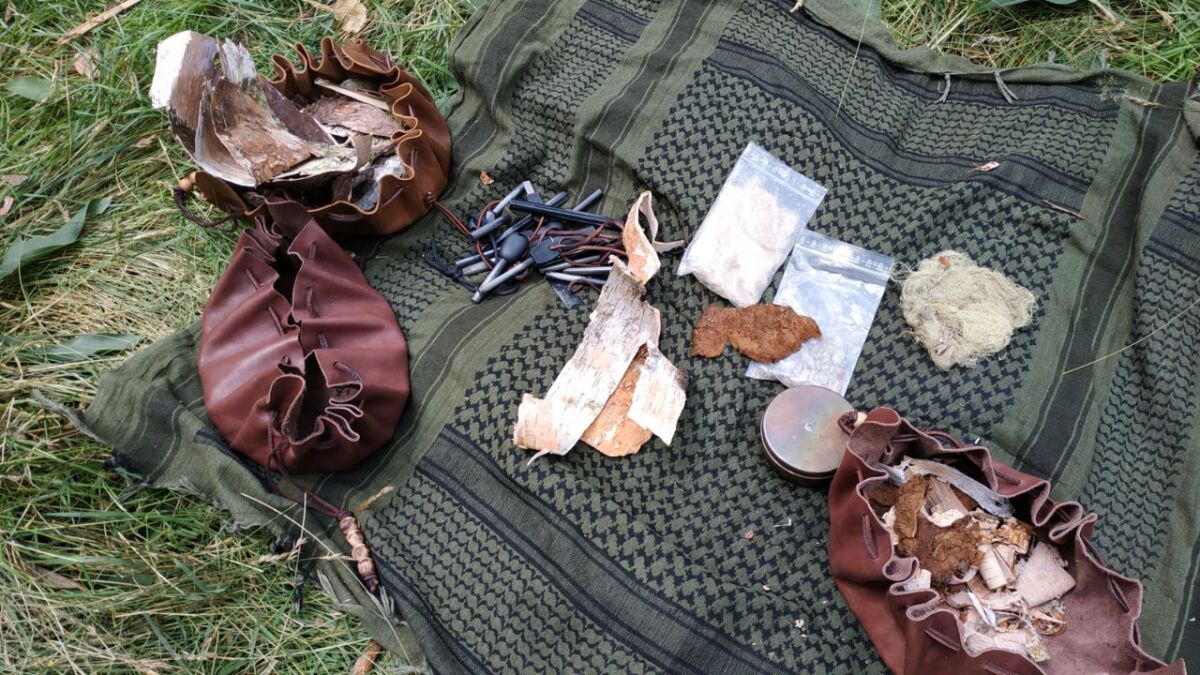
- Sun protection headwear: Your best friend when the sun is mercilessly beating down on you. Tie it around your head and protect yourself from a nasty sunstroke. Find more tips for extreme heat here.
- Scarf for cold or windy weather: A cozy companion that keeps your neck warm and shields you from icy winds. Read more about survival in winter here.
- Face protection from dust or sand: Nature can be pretty dusty at times. A Shemagh or Bandana can help keep your airways clear.
- Concealment and camouflage (in appropriate colors): Let's become invisible wilderness ninjas and use the cloth as camouflage.
- Emergency signal flag: In trouble? Your Shemagh or Bandana can become a life-saving signal flag. Find more signal tricks here.
- As a makeshift bandage: Accidents sometimes happen - a small injury can occur quickly. But no need to panic! Your cloth can serve as an improvised bandage.
- Carrying aid for heavy objects: When you suddenly have to play the muscle man in the wilderness, your cloth becomes a stable carrying aid.
- Emergency rope or line: Tie a knot and your emergency line is ready. Perfect for securing or transporting objects.
- As a clothesline: Your clothes are soaking wet? No problem, stretch out your cloth and hang the laundry to dry.
- For filtering water or food: Clean water is essential. With your Shemagh or Bandana, you can filter water and remove suspended matter.
- As a sponge to absorb water: It can be very annoying when everything is full of water. Your cloth serves as a practical water absorber.
- For collecting berries and nuts: A stylish collecting basket that keeps all the delicious forest treasures for you.
- As an improvised bag or pouch: Goodbye plastic bags! Your Shemagh or Bandana becomes an eco-friendly alternative. Especially effective when you need to collect leaves for your shelter.
- Protection from insects and other pests: Are you a tasty insect snack? Not with your cloth, which protects you from the little pests.
- As insulation for cold or hot weather: Whether as a warming layer or heat buffer - your cloth helps you regulate temperature.
- Protection from poisonous and spiky objects: Whether poisonous plants or prickly bushes, your cloth protects you from unpleasant contact and possible injuries.
- As an apron, when preparing food: Cooking over the campfire and want to protect your clothes? Your Shemagh or Bandana becomes a practical apron.
- For starting a fire with tinder or flint: When you need fire, you can use your Shemagh as a fire starter by tearing it into small pieces and igniting it with flint or a lighter.
- As an improvised dish towel or napkin: Who says you can't dine in style in the wilderness? Your cloth serves as a dish towel or napkin.
- For collecting wood or other fuel: Your cloth becomes a practical collecting helper when you're searching for fuel for your fire.
- For protecting equipment from dust and dirt: Wrap your equipment in the cloth to protect it from the challenges of nature.
- For stabilizing injuries (such as fractures or sprains): Your cloth becomes an important helper in stabilizing limbs and relieving pain.
- Protection from rain or snow: Unexpected weather change? No problem, your cloth becomes a protective roof over your head.
- For removing dirt and grease from objects: Dirty hands or tools? Your cloth helps you clean everything up.
- For protecting the eyes and face (for example, in case of injuries): Injuries can happen. Protect the sensitive areas of your face with your cloth.
- For darkening windows or rooms: Sometimes you need some privacy or protection from the sun. Your cloth becomes an improvised curtain.
- As a bandage: For minor injuries, your Shemagh or Bandana can serve as a protective bandage.
- For protecting wounds and open areas: Keep dirt and infections away by using your cloth as a protective barrier.
- As an improvised shield: Sometimes you require a shield in the wilderness, your cloth helps you ward off danger.
- For protecting plants from heat or frost: Even nature sometimes requires help. Protect sensitive plants with your cloth.
- Collecting water: In the morning, when dew is on the grass, grab your Shemagh and pull it over the grass until it is soaked – now you have fresh water.
- For marking paths and locations: Don't lose your way – tie your cloth to prominent points and always find your way back.
- For making fishing nets: Hungry? Want some fish? Your cloth can serve as an improvised fishing net and help you with fishing.
- For making traps: Do you want to catch an animal? Your cloth helps you build simple traps, to catch insects or small mammals.
- For protecting palms or fingers during hard work: When you work hard outside, your cloth serves as protection for your hands and fingers to avoid blisters and injuries.
- As a seat cushion or pillow: After a long day in the wilderness, you want to rest? Your cloth becomes a comfortable seat cushion or soft pillow.
- For defense against smoke and ash at fireplaces: Smoke in your eyes is extremely unpleasant. Protect your face with your cloth and enjoy the campfire carefree.
- For making improvised shoes or sandals: Shoes broken or lost? No problem, your cloth turns into improvised shoes or sandals.
- As an improvised muzzle for wild animals (only if absolutely necessary!): In an emergency, your cloth can serve as an improvised muzzle to keep wild animals in check. But please only if absolutely necessary!
- For making cords: Cords are worth their weight in gold in the wilderness. From your Shemagh, you can make ropes. Unfortunately, you have to cut it for that purpose.
- For making improvised weapons like slingshots: Sometimes you need a little defense in the wilderness. Your cloth transforms into improvised slingshots to ward off danger.
- As a dog leash: Did you lose your dog leash? Then you can use your Shemagh temporarily for that purpose.
- As an eye mask: If you want to sleep but the light bothers you, you can use your Shemagh as an eye mask.
- As a shoulder bag: If you would like to transport something but don't have a bag, you can use your Shemagh as an improvised shoulder bag by tying the ends together.
- As protection against glare: If you have to look in a direction where the sun shines, your Shemagh can help reduce glare and help you see better.
- Protection against noise: If you are in a noisy environment and want to protect your ears, your Shemagh can serve as improvised earplugs by tearing it into small pieces and putting it in your ears.
- As a headband: If you have long hair and want to keep it out of your face (for example, when fire-drilling), your Shemagh can serve as an improvised headband.
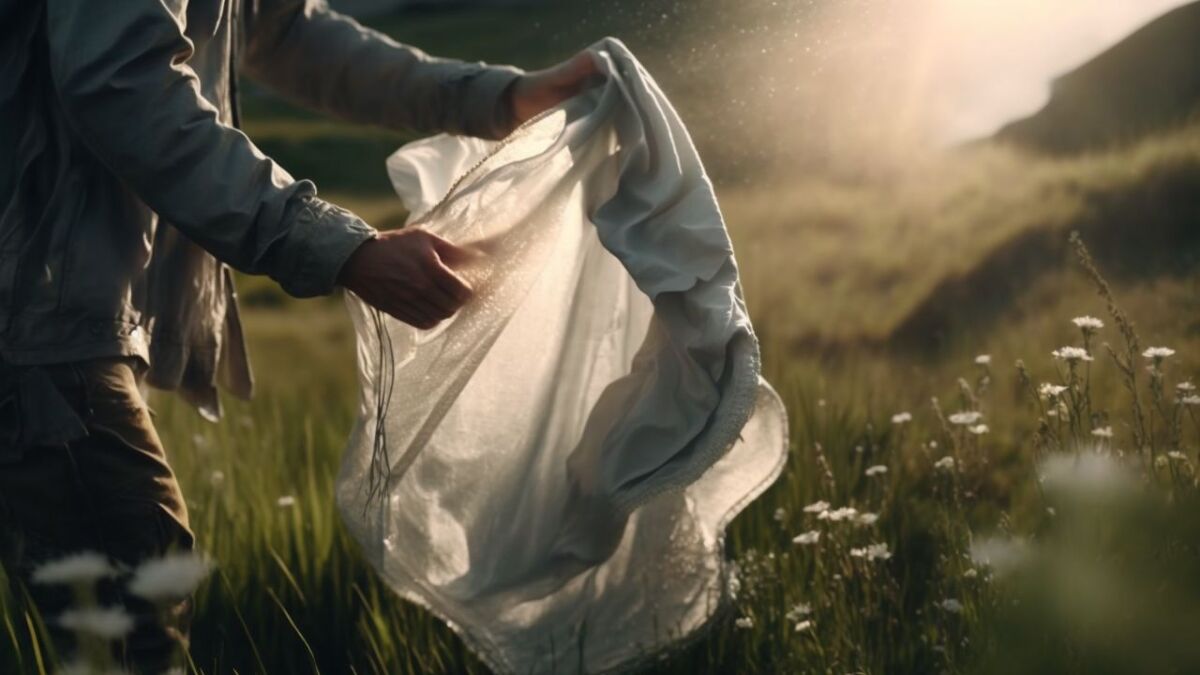
As you can see, there are plenty of applications for Shemagh and Bandanas in survival situations
When you're out in nature or in an emergency, one of these two cloths can transform into a valuable tool with the help of your creativity. It's worth always having one with you.
In addition to the applications mentioned above, there are many other ways to use a Shemagh or Bandana – it all depends on your creativity and the specific conditions you find yourself in.
I regularly use my Shemagh as a neck scarf, as a pillow, as a seat cushion, and as a collection container.
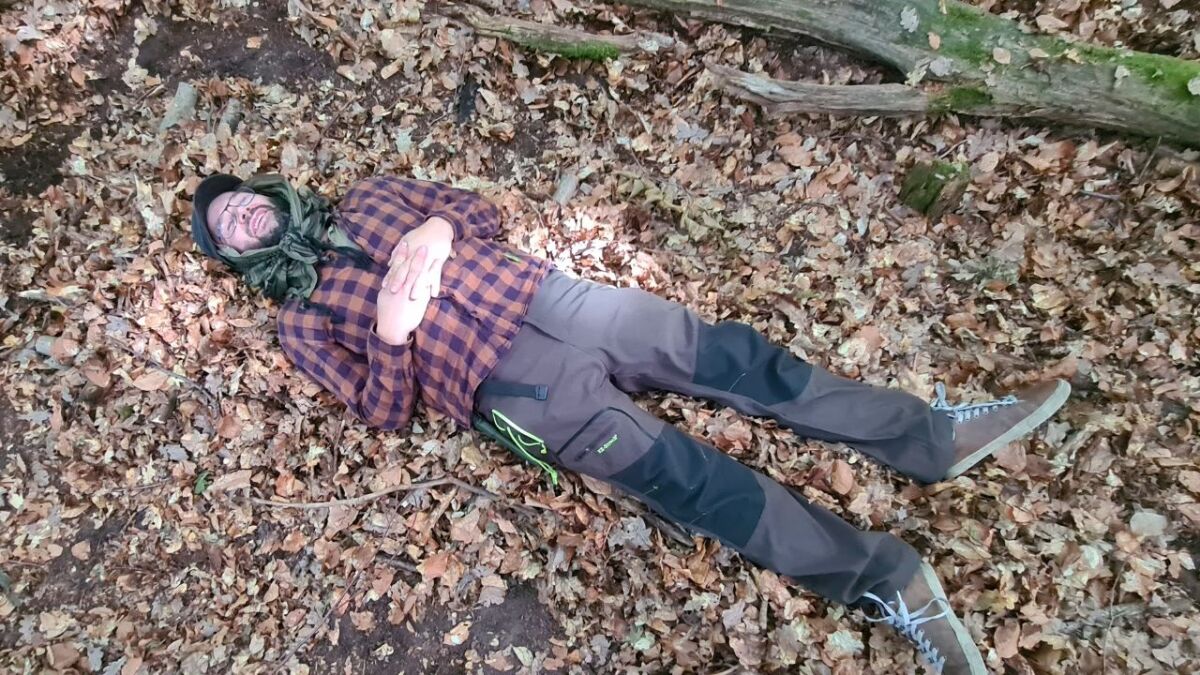
Some Shemagh or Bandanas are also equipped with special features such as antibacterial or moisture-wicking materials, which can further increase their usability. However, these are rarely found in ordinary stores, but only in specialty shops.
When adding one of these cloths to your survival gear, be sure to take care of it and store it properly so that it is ready for use in case of an emergency. It can also be a great idea to buy different colors and patterns to use for different purposes and to differentiate them from other gear.
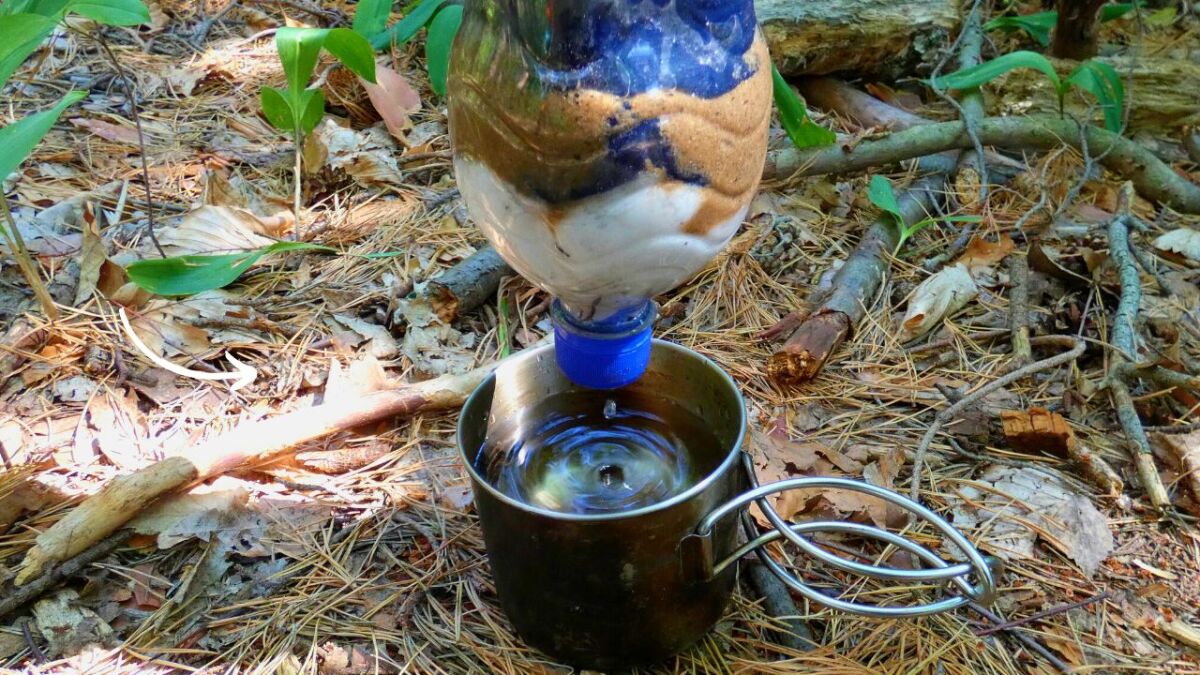
Questions and answers about Shemagh and Bandanas
Is a Shemagh the same as a Bandana?
Although Shemagh and Bandanas can have similar applications, they are not the same. A Shemagh is usually larger and made of thicker material, while a Bandana is smaller and thinner.
How do you wear a Shemagh?
There are various ways to wear a Shemagh. A common method is to first fold it into a triangle, then place it over your head with one side longer than the other. The longer side is then passed under the chin and over the opposite shoulder, while the shorter side is wrapped around the neck. Both ends can then be tied or simply tucked in.
Why is a Shemagh used in the wilderness?
In the wilderness, the Shemagh can be used for various purposes due to its versatility, such as protection from sun, wind, and dust, as first-aid material, for filtering water, as a sling for injured limbs, and much more.
Where can you buy a Shemagh?
Shemagh are available in many outdoor and military equipment stores, as well as online. When buying, pay attention to the quality and material to ensure that you receive a durable and functional cloth. I buy mine on Amazon, and it costs about €10 there.
Here I have the right video for collecting water through dew:
Conclusion: It's even worth having multiple Shemagh or Bandanas!
In summary, I want to tell you that such a cloth can be an essential tool for me in survival situations!
The many applications that I have listed for you in this guide show clearly how versatile and useful these simple cloths can be.
However, I think it's important to emphasize that a Shemagh or Bandana alone is often not enough to survive in an emergency. It is only one of many tools in your survival gear.
To be safe and successful, you should combine your Shemagh or Bandana with other gear (such as a complete survival kit) and be creative.
With a Shemagh or Bandana in your gear, however, you have a versatile tool that can help you out of a jam in some situations. It is especially worth having several of these great cloths in your gear, as their range of applications is thus multiplied!
I hope that this article has helped you and that you may have picked up some inspiration.
I would also be happy if you take a look around my blog, maybe you will find more articles that you can learn something new from!
Now it's your turn – what other application comes to mind?


Author of the guide
Martin Gebhardt
Hey, I'm Martin. On my blog, you will learn the basics and numerous details about living in the wild. I think survival, bushcraft and the good life in nature are the keys to happiness. Find me here on Instagram or on YouTube. You can find more about my mission on the About Me page.
Was this guide helpful?
30 people found this guide helpful.
5.00 out of 5 points (30 Ratings)
Comments (0)
This post may contain affiliate links. So if you click on the links and make a purchase, I will receive a small commission at no additional cost to you. Click here, to learn more about it.


